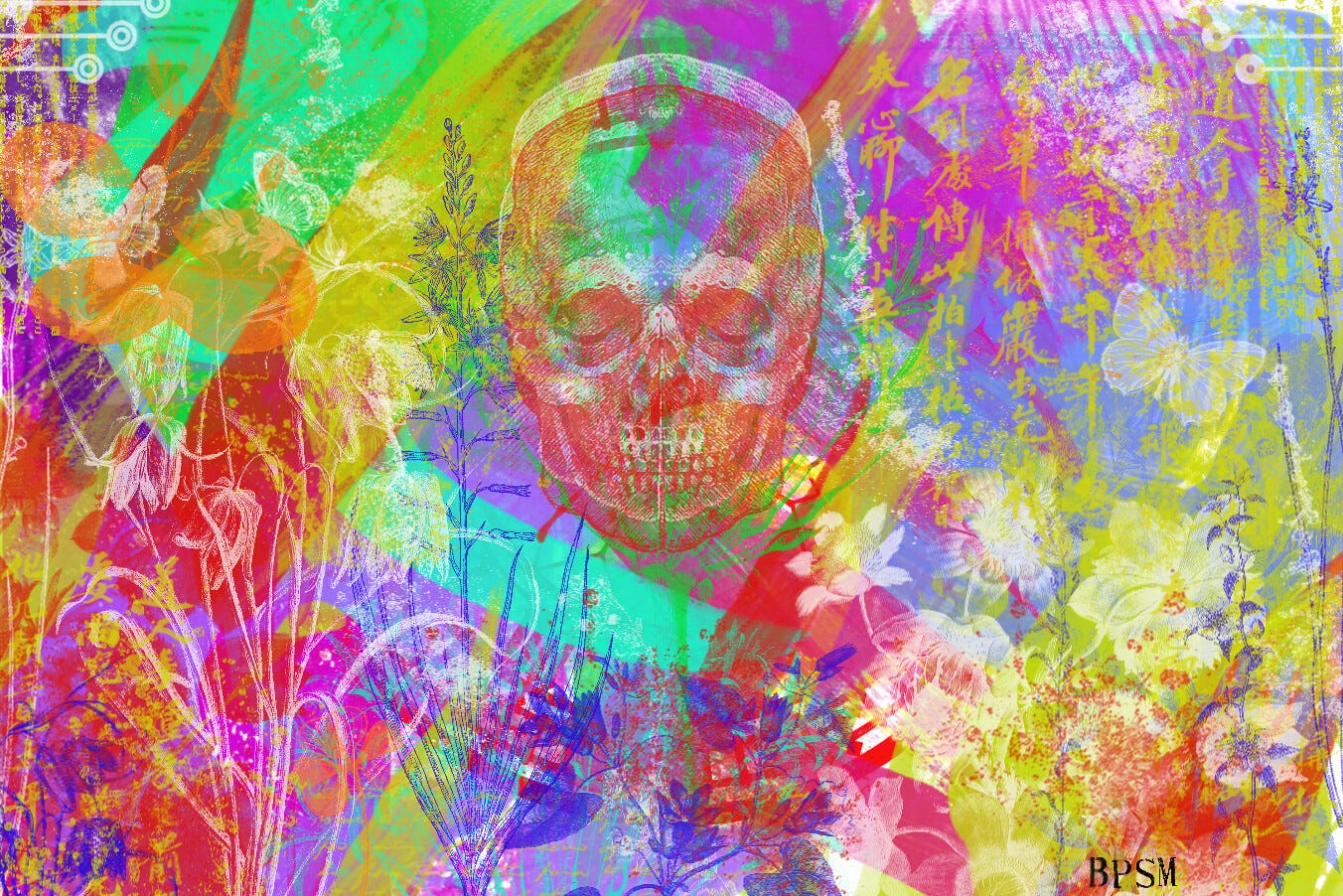
One of the most important papers in kickstarting today’s psychedelic renaissance was not primarily concerned with either therapy or brain-modelling, but with mysticism. ‘When administered under supportive conditions,’ wrote Roland Griffith et al. in 2006, ‘psilocybin occasioned experiences similar to spontaneously occurring mystical experiences.’
The Johns Hopkins research team behind the paper were re-instigating a research question that animated scientific and cultural readings of psychedelics in the mid-20th century: namely, to what extent can a psychedelic drug occasion a religious experience in the user? This question took its in part cue from the ideas of American psychologist and philosopher William James.
In The Varieties of the Religious Experience (1902), James claimed that no account of the universe could disregard forms of drug-induced consciousness, arguing that they are psychologically and philo…



